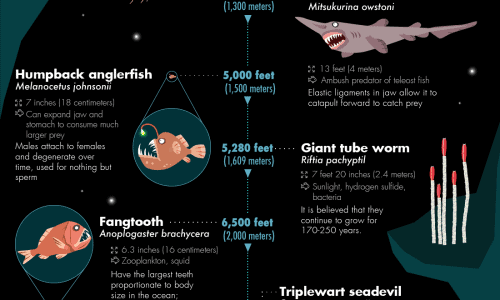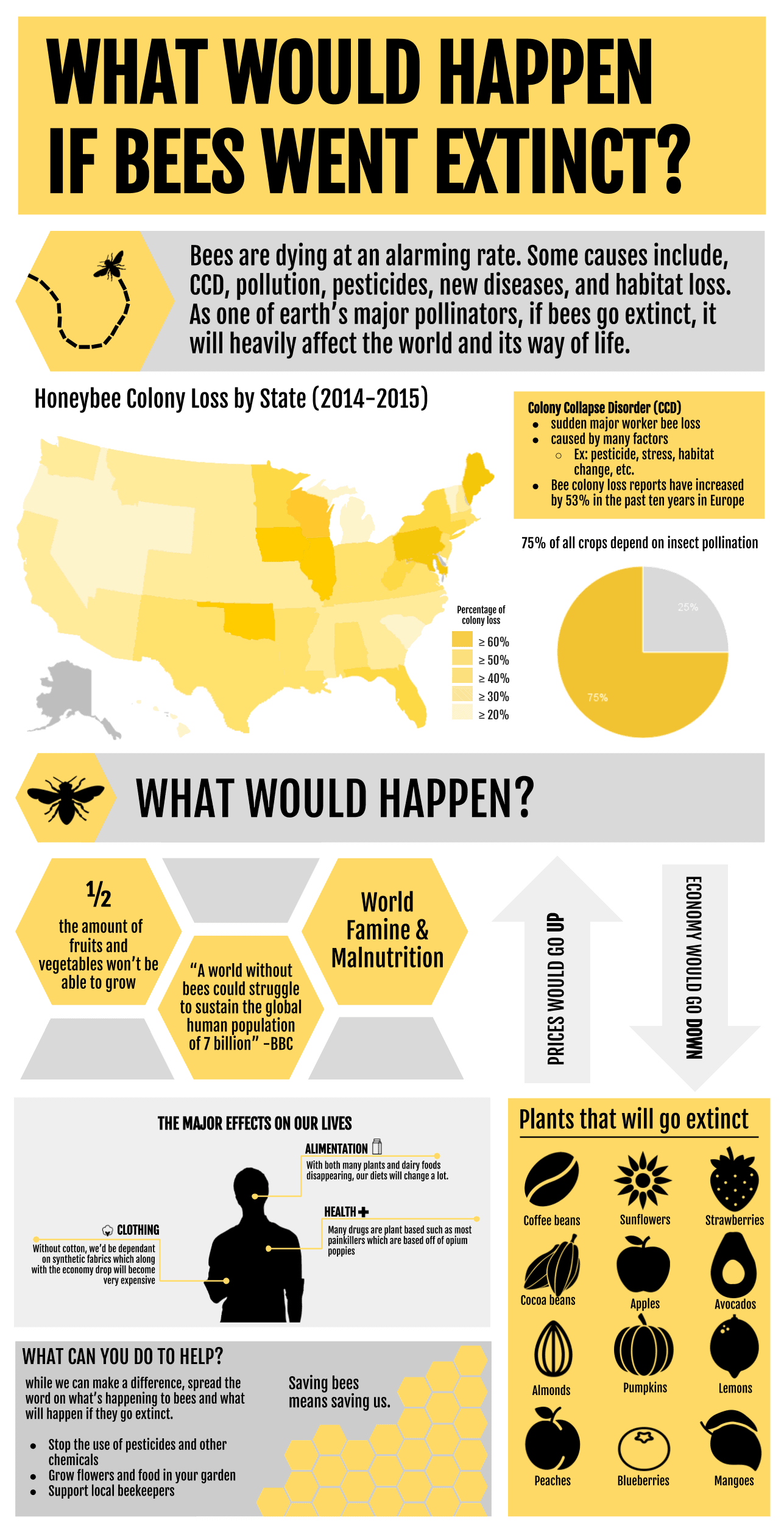
Volcanic eruptions present spectacular demonstrations of the fury of the earth beneath our feet. These deadly natural occurrences have happened across the ages, spreading death and destruction and, in many instances, changing global environments for decades after.
Since 1500 AD, volcanoes have killed 278,000 people. There are 1508 active volcanoes around the globe and around 50 of them erupt annually. Explosive eruptions are the deadliest because they are the most violent and can distribute the volcanic ash for hundreds of miles around. Apart from killing everything in its path, the ash can disrupt air travel and the particles destroy infrastructure.
Non-explosive eruptions happen when there is no gas in the magma. The eruptions typically happen when a crack is ripped in the side of the volcano and the magma flows out into the surrounding valley. Snow-capped volcanoes can cause dangerous mudslides when the heat from inside the volcano causes the snow to melt.
The aerosols produced by both types of volcano are acidic and poisonous and can kill off the vegetation and contaminate water in the surrounding areas. A big enough explosion can expel ash kilometers into the atmosphere and reduce temperatures for months or even years. Greenhouse gas emissions from the eruptions can even ignite global warming.





